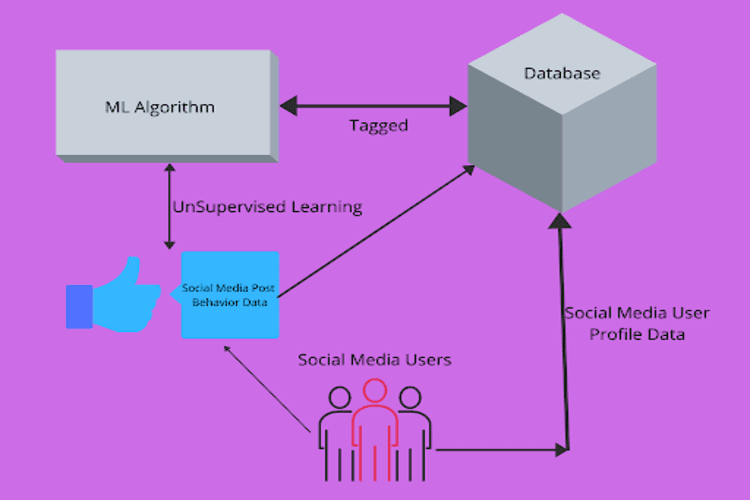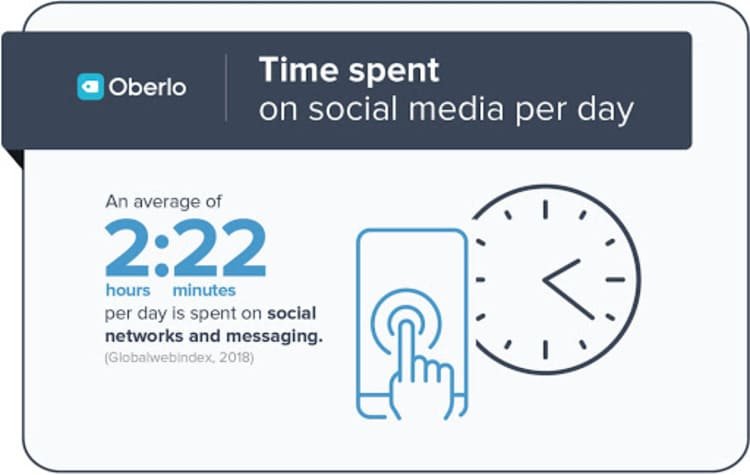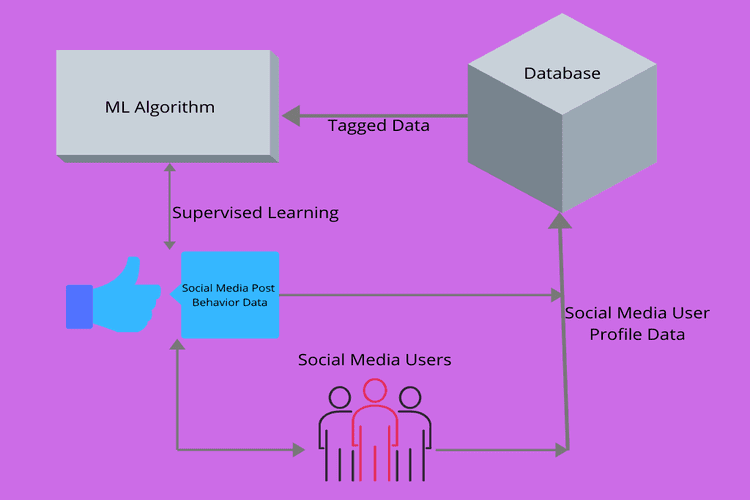Training The AI Algorithm: How To Apply AI To Curate Information During Elections?

Democracy, as described by Abraham Lincoln once, "the nation shall, under God, have a new birth of freedom; and that government of the people by the people and for the people shall not perish from the earth" in his Gettysburg address on 19th November in 1863. But, democracy in the current era has been stained with the advent of technologies that help manipulation and polarising of people votes to be easier.


There have always been flip sides of any technology, and Artificial Intelligence is no exception, but, then we can't be regressive in our approach towards future technologies. Yet, we need to keep our core values and the greater good at bay! So, how can we do that by using AI? Let us explore!
The Campaigning Canvas:
Before the elections can commence and the period of campaigning ends, a phase that is crucial for deciding the voter mindset occurs, and that is canvassing! Canvassing is a common term in political circles and is not new to the human race, but what has changed is the tool that helps political candidates canvass. "The Campaigning Data" — a powerful tool before the elections to precisely map the voter's mindset and sentiments.
But, with the Social Media being the prime platform for your voters to be on, rallies, petitions, and other methods are losing relevance, and a new breed of campaigning data accumulation techniques have evolved. For example, Harvard Analytica — a political firm using AI as their base technologies, aggregated data from the Facebook accounts for analysis, to aid on-going midterm election campaigns in the US back in 2014.
When the word was out, the world witnessed, for the first time, how AI can be used to polarize and manipulate the voter's sentiments. Facebook acted upon learning about the data's mishandling and removed more than 900 accounts and pages on its platforms as they were fake accounts generated through AI for canvassing.
What are Manipulation and Polarisation?
Manipulation is changing the sentiments of voters by escalating or provoking particular fake and biased emotion that divides people. This manipulation further leads to the support of one candidate and the polarisation of the voters. We have seen many such examples of polarisations in the past too. There is a theory devised to calculate polarisations known as the median voter theory. It is used in the US for analyzing and measuring voter polarisations.
AI for Data Curation
How can we leverage AI for data curation in the world of BigData? Here we will concentrate on leveraging three different techniques used in the Machine Learning algorithms for training an algorithm. Three basic methods for Machine Learning Algorithms are:
1. Supervised Learning:
It is a training method, where we teach our algorithm with well-defined data, where the question and answers are already there. Once the algorithm gets acclimatized with the nature of the dataset, we provide another dataset relative to the labelled dataset and ask the questions to find effective relative answers.

We can use the same model to teach behavioural patterns of the Social Media posts, stories, and trending texts that are already tagged as canvassing tools for elections. It uses classification and regression techniques to allow the algorithm to learn the datasets.
2. Unsupervised Learning:
Is this a type of training where we don't tell machines what to do? Yes! Here the algorithm is provided complete autonomy to learn from the data sets and group the data based on patterns, behaviours, and similarities.

Considering the same with the Social Media datasets that we come across, these algorithms are allowed to analyze each post for manipulation, polarizing, and other canvassing tactics employed by political entities to regulate the user profiles, data, and posts by itself.
3. Reinforced Learning:
This method allows targeted use of the algorithms in the curation of data over the Social Media platforms, here the algorithm is trained for specific scenarios by enabling it to analyze the response and patterns for particular events and scenarios.
For example, we can train algorithms to analyze any user-profiles and their posts, in case they use particular words, pre-defined during the programming of algorithms like- Hate, Religion names, or any other text related to dilute the election integrity.
So, algorithms will be able to monitor the Social Media platforms on the web, and mobile apps developed through mobile app development methods, for any inappropriate or misleading posts.
Cognitive Response Tactic (CRT):
The Cognitive Response Tactic is an amalgamation of all the three models into the digital infrastructure of the Social Media mainframe to enhance better data detection and curation for election integrity. For such cognitive computing needs, Social Media platforms can use different computing methods like cloud computing, fog computing, etc.
Critical Challenges for CRT are:
- Infrastructure capabilities of Social Media platforms
- Data regulation and monitoring guidelines.
- Support from countries and governments on data accumulation.
- Centralized monitoring bodies for better oversight and accountability.
- Secure Social Media platforms to avoid data leaks to corporate political entities.
Conclusion:
About the author:
Manoj Rupareliya is the Online Marketing Expert and Blogger. He is an experienced writer with expertise in the field of technology, blockchain, crypto, AI, Digital Marketing and SEO. All the blogs he writes are aimed at providing credible help and insights for readers who want to stay updated all the time.
Image Source: Elections